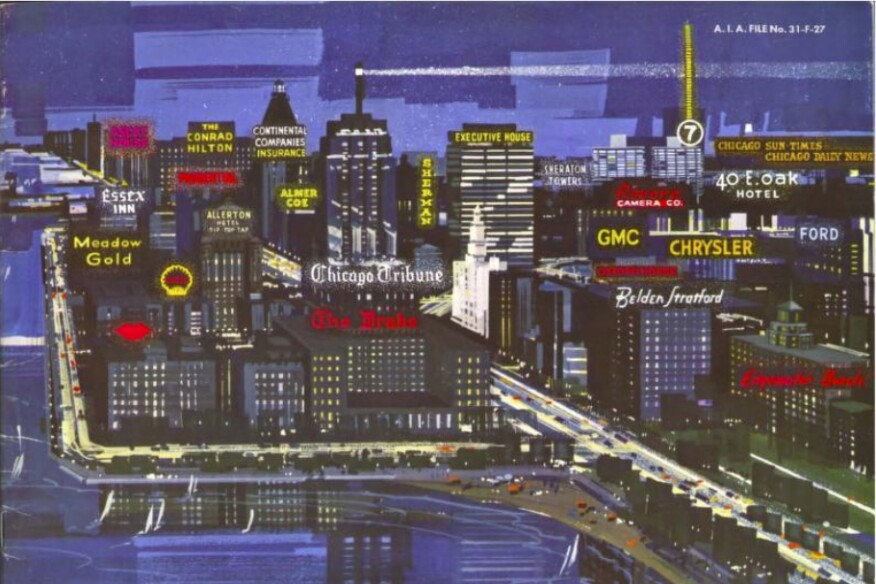
Let’s time travel to the bustling streets of the 19th and 20th centuries. Picture the early days of electrification, when architectural signage began to truly shine. Iconic landmarks like New York’s Times Square and the Las Vegas Strip transformed into beacons of tourism and spectacle, capturing the imagination of a global audience. This era wasn’t just about illuminating cities; it was about bringing a new, dynamic face to commercial and public spaces through vibrant, electric signs.
At COR3 Design, we’re deeply inspired by this rich, colorful history of signage. We strive to keep this legacy alive by fusing the elegance of traditional craftsmanship with contemporary design, which is why we were fascinated to return to some of the early days of architectural signage’s boom.
Envision the meticulous craftsmen at E.T. Barnum in the late 1800’s, dedicating their skills to creating exquisite signage. These artisans worked with materials ranging from elegant brass and bronze to classic wood, ensuring that each sign was a masterpiece of design and detail. As the 20th century dawned, companies like Metropolitan Engineering Co. and General Electric pushed the boundaries of technology, introducing electric signs and enhanced sign lamps, revolutionizing how signs not only illuminated but also communicated with the bustling city crowds. (SOURCE)
The early 1900’s marked a renaissance of creativity in signage design, with the creation of signs that were not just visually striking but also uniquely distinctive. H.W. Knight & Son brought a new level of sophistication to the signage world in 1927 with their extensive library of fonts and technical guidance, catering to the intricate needs of both architectural and industrial signage. The late 1920’s and early 1930’s saw the introduction of custom signs to elegant window sign letters, and even pioneering hand-wrought metal signs that emphasized silhouette art.
One thing all of these companies had in common–and we agree–is that the approach to signage is not just about conveying information. It’s about creating pieces that narrate stories, encourage curiosity, and enhance the architectural integrity of the spaces they inhabit. We believe that each of our projects are a continuation of this legacy, adding a modern chapter to the ongoing narrative of architectural signage.


